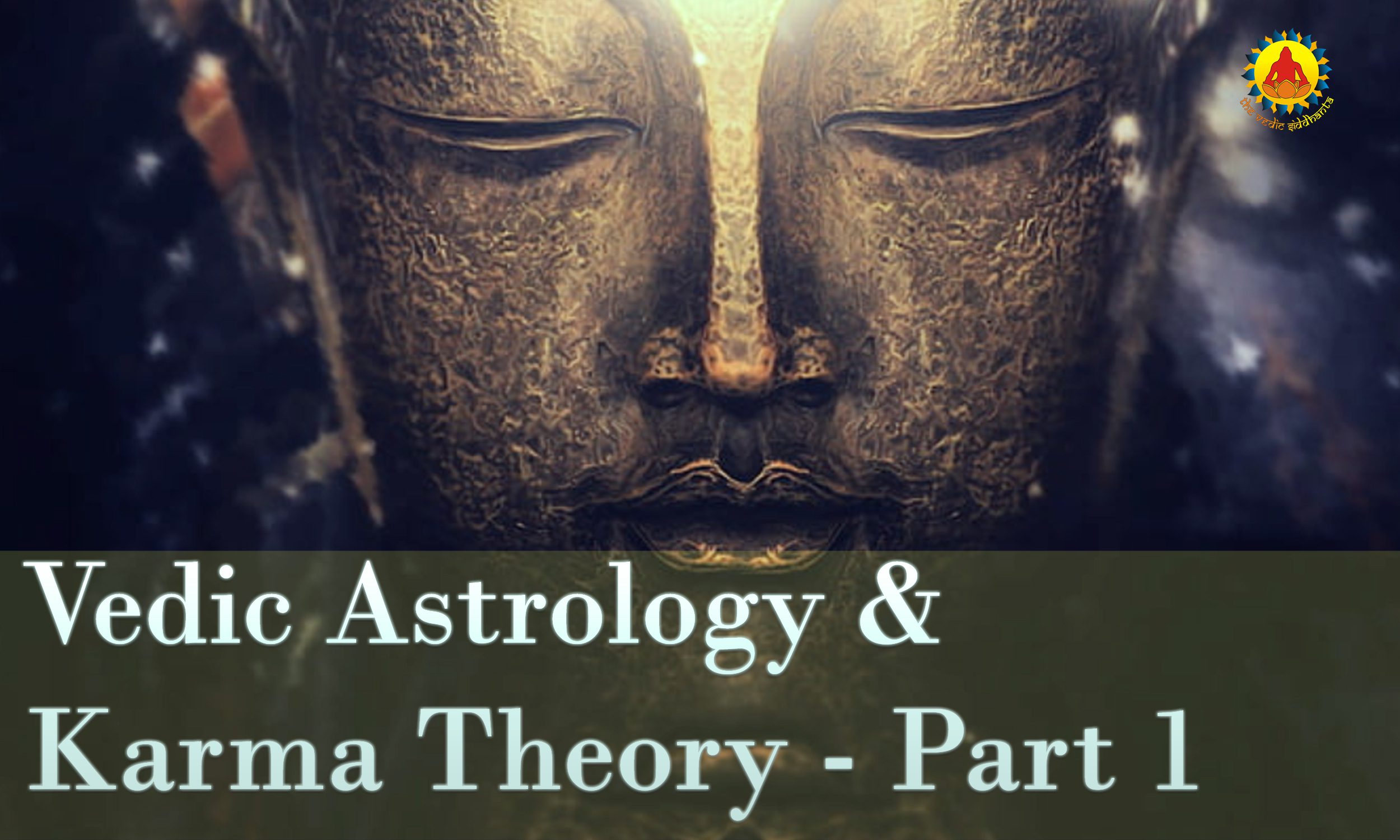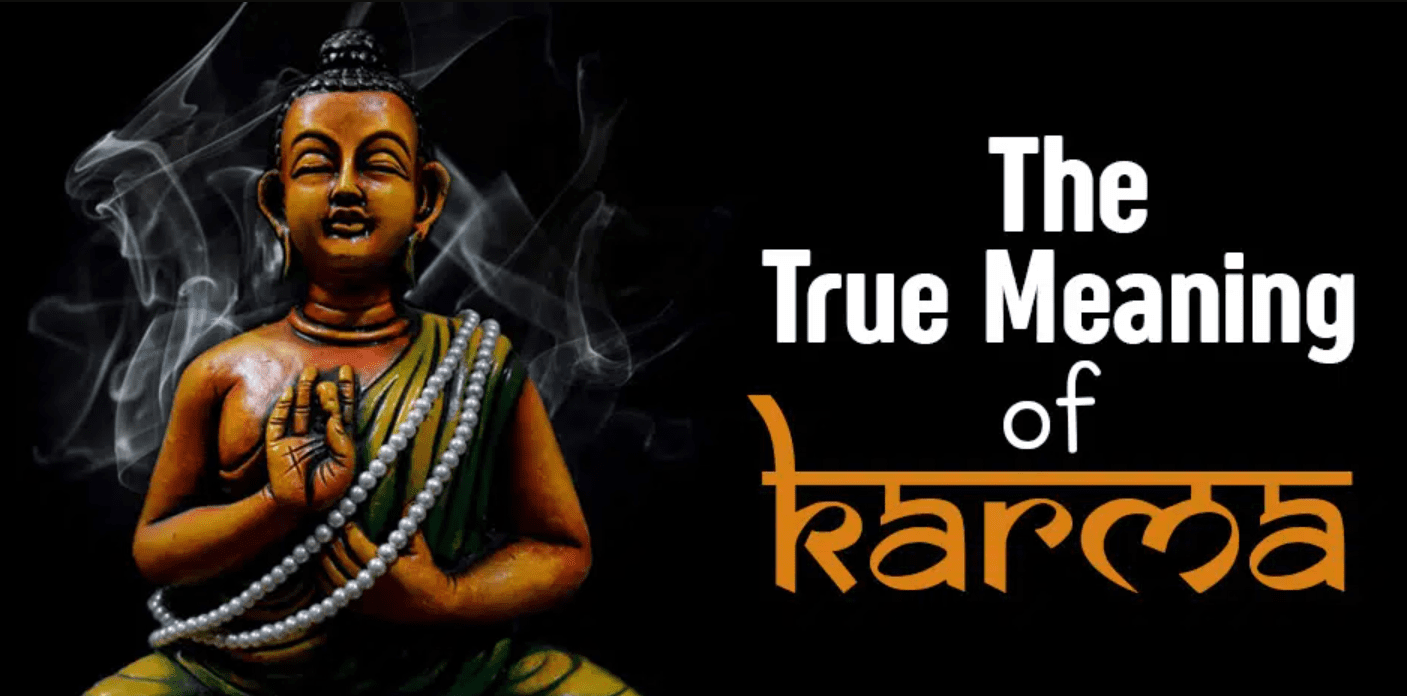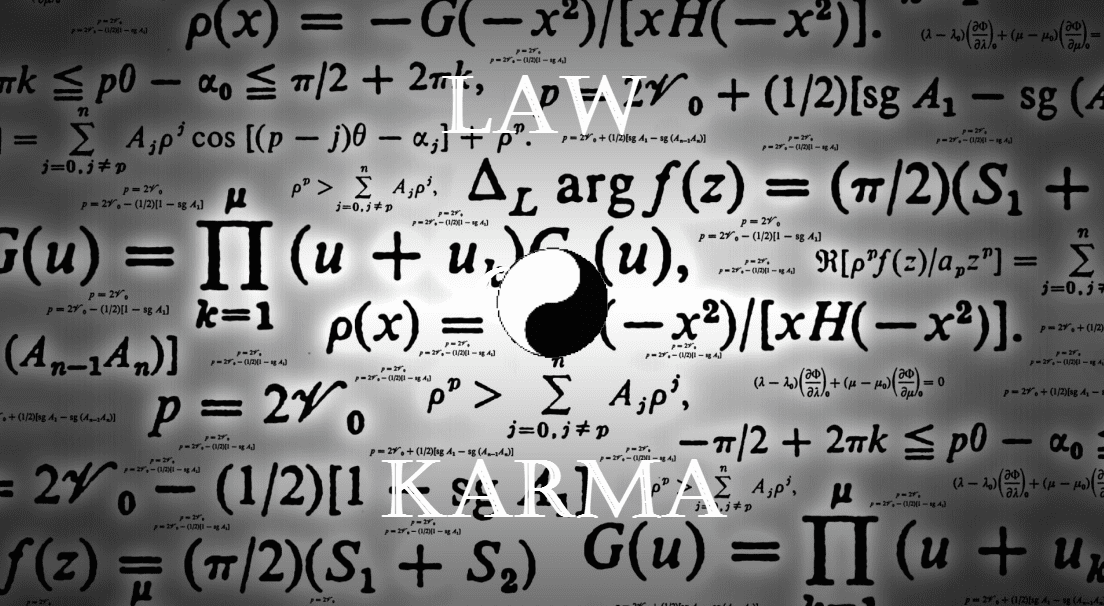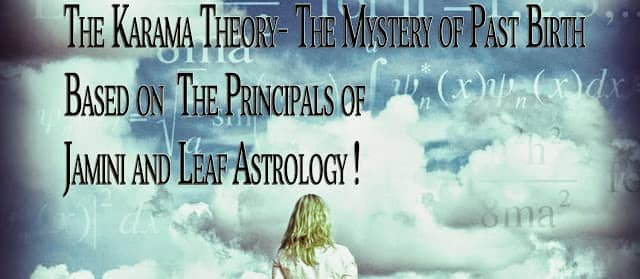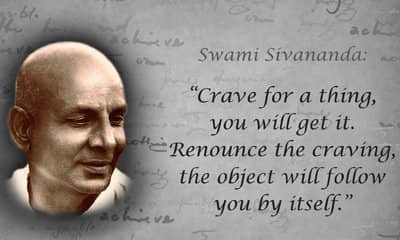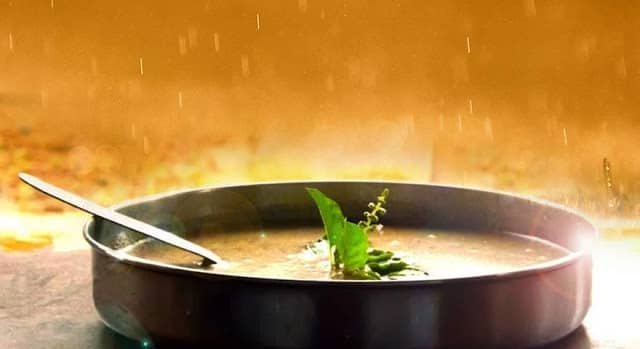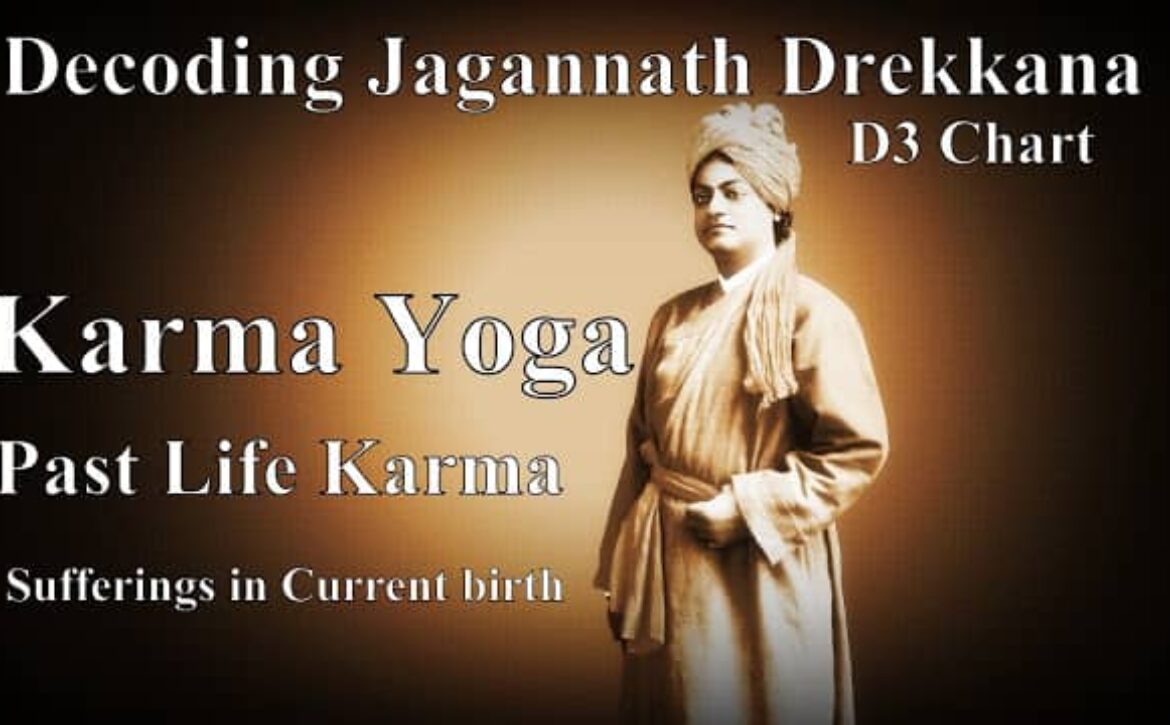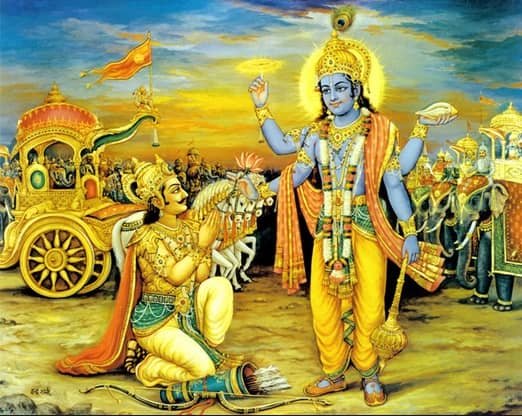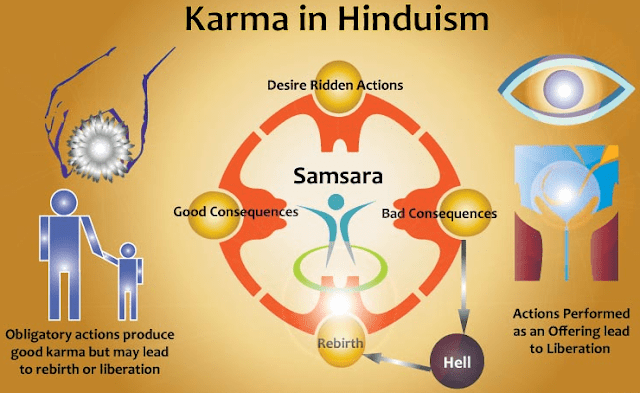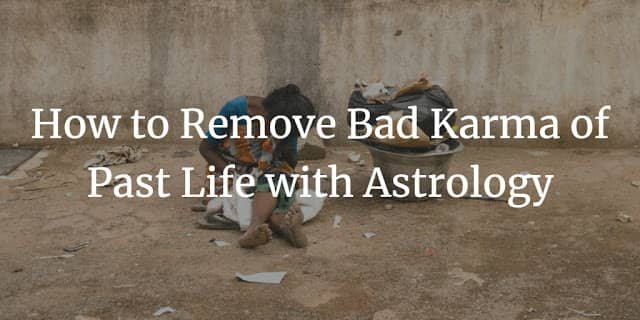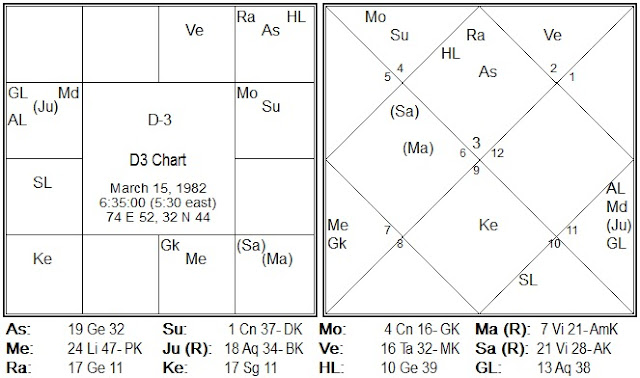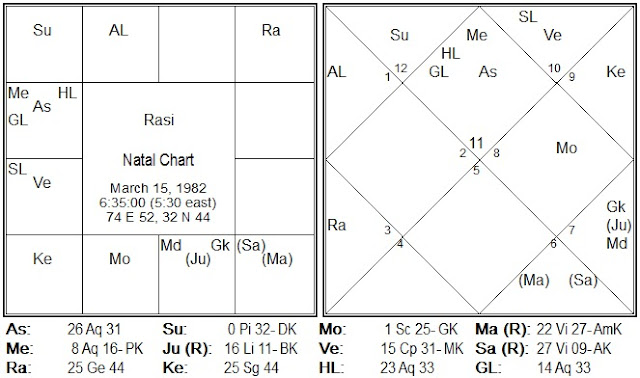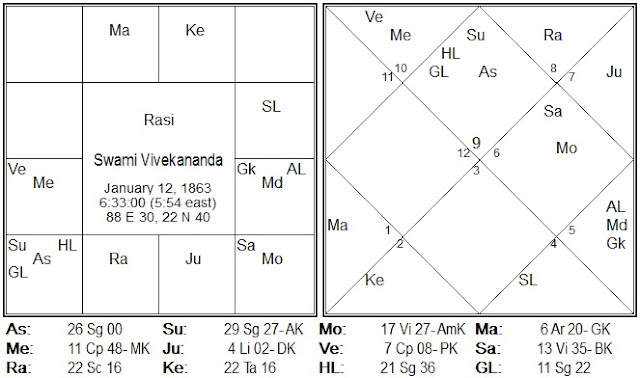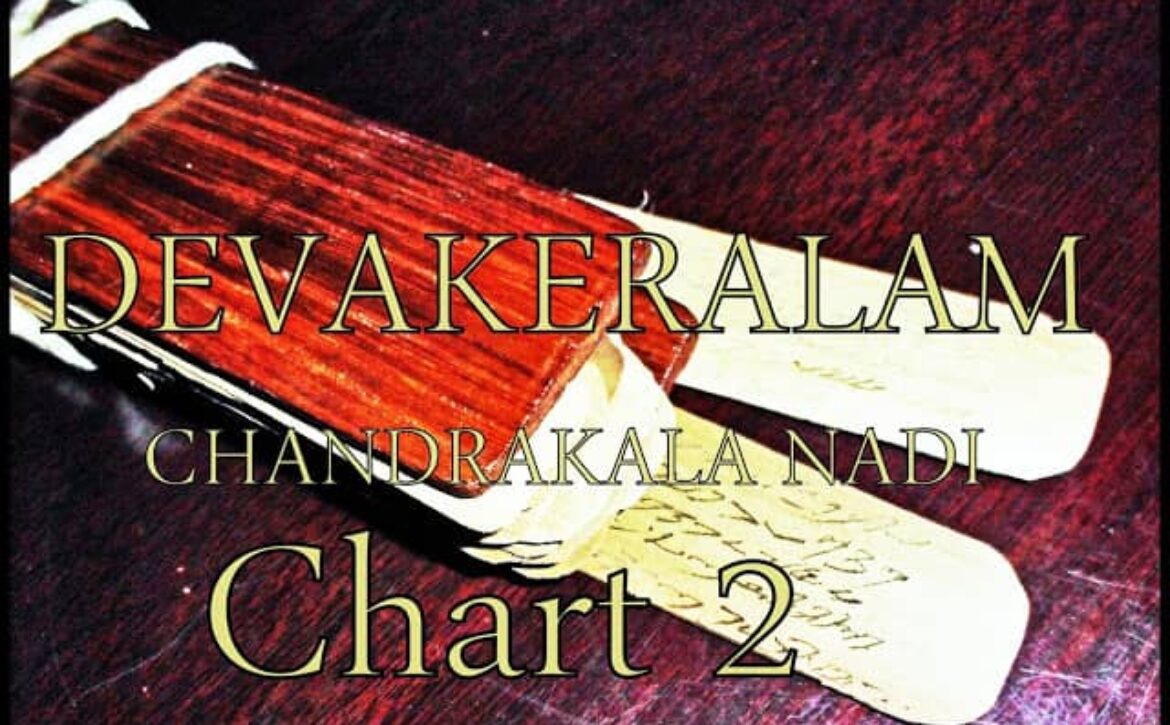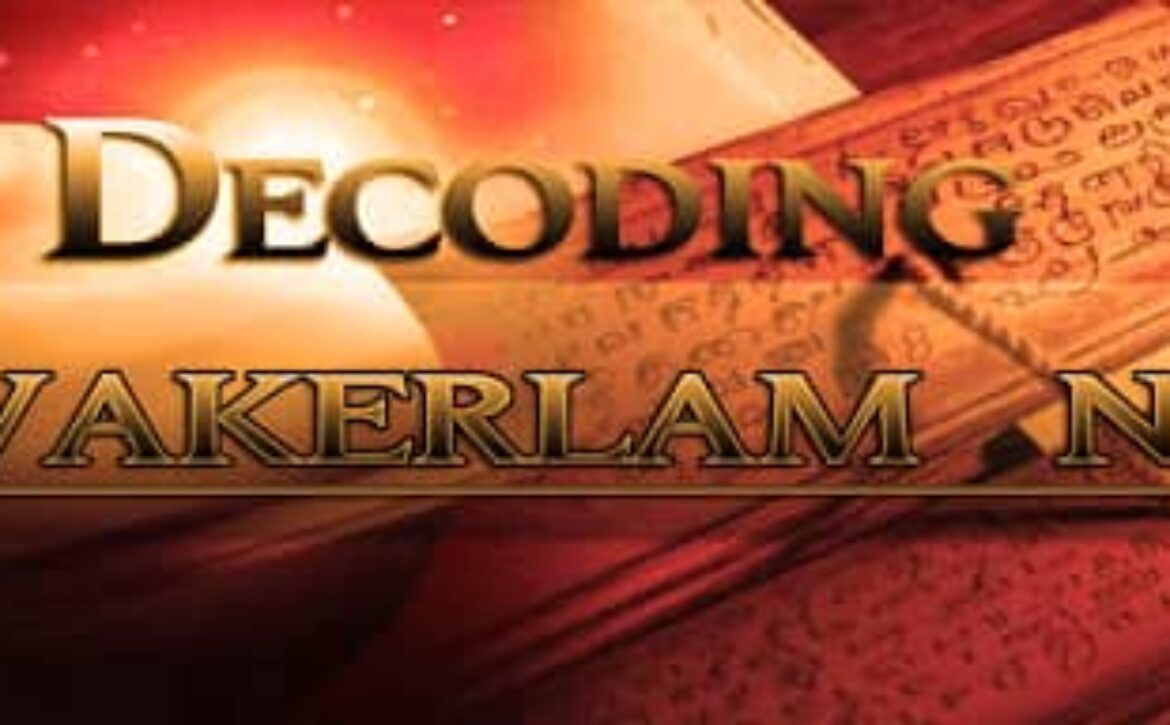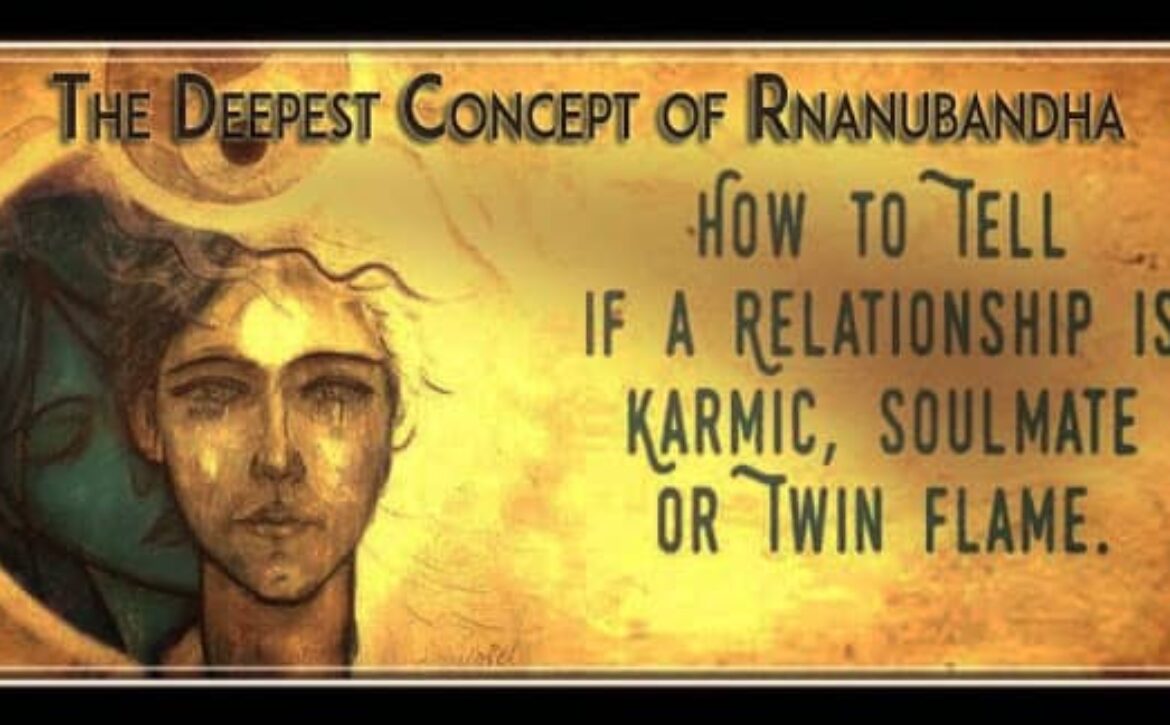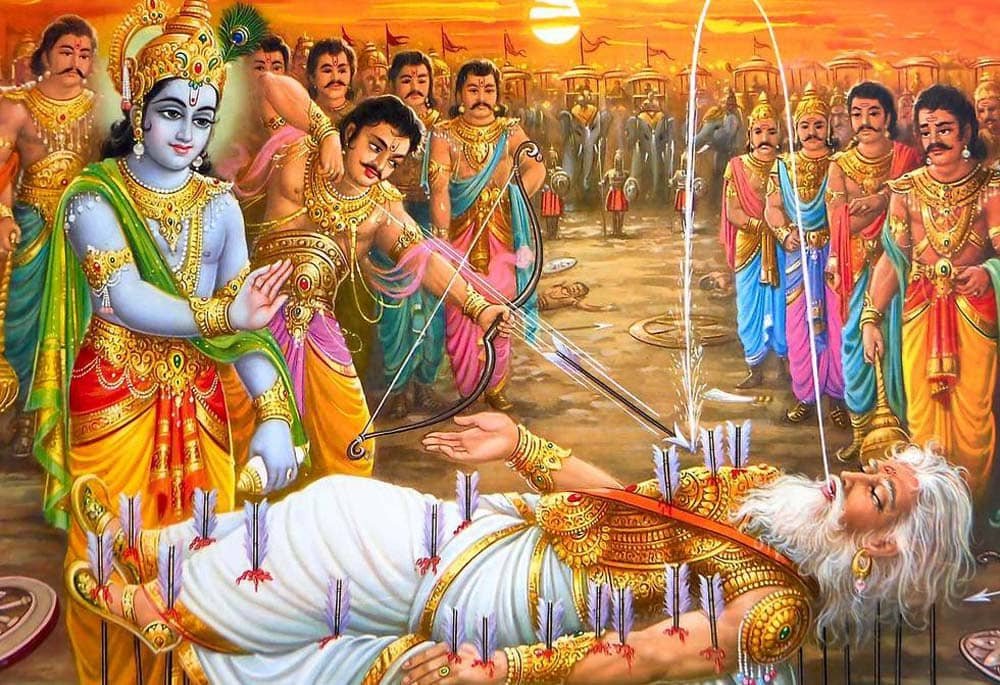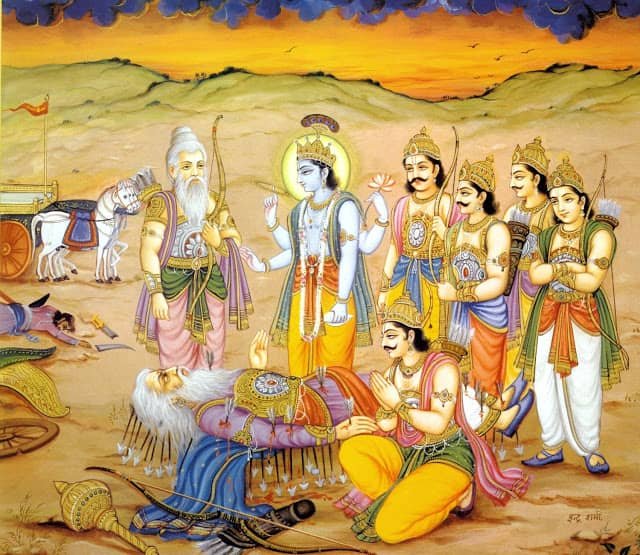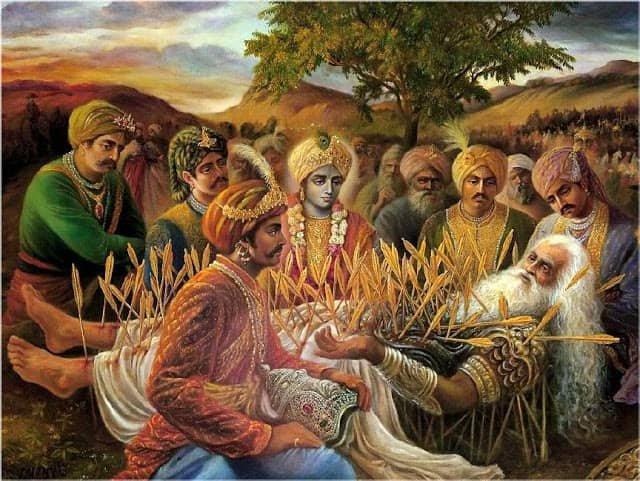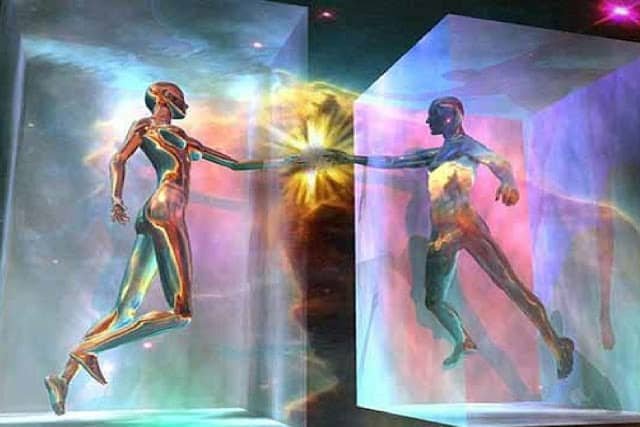Mystery of Past Life Astrology and Past Life Regression decoded -Part 1: Astrological case study of Past Life

Abstract concept of time passing by. Human silhouette and old clock representing past time. Turn back time concept. Melancholic mood. Generative AI,
(Image Source- Adobe Stock )
Revised Edition | Originally Written in April 2017 |
Based on true Life Events & Story | Republished – September 2023
Introduction
This article, which I published in 2017 in the thick winter of Jammu and Kashmir, analyses the profound mysteries of past life astrology and the connection between past life regression and true life events of the native, whom I met through the close connection of a friend. The article is based on real-life facts and the events that I gathered through the investigation of the life events of natives in a mystical journey of native past and present life connections from the years 2009 to 2017 onward. An interesting point is that, when I was doing deep research on native life, Saturn transited over my Natal Ketu in the sign of Sagittarius in the winter of 2017.
Past Life Astrology, Idea and Experience
In spite of the fact that I have no intention of disclosing the identity of the native nor drawing attention to the native’s private life concerns, the purpose of this article is to investigate the profound secrets of past life astrology and the relationship between past life regression and how these practices might assist us in evolving beyond them.
This article’s purpose is to provide a comprehensive discussion on the ways in which past life astrology and past life regression can assist you in comprehending the profound challenges you face in this life that remain unsolved but for which there are solutions that can be found by reading this article. It is my sincere wish that you will find this post fascinating to read by using the techniques of Vedic astrology and previous life regression.
Purpose of this Article : Why Past Life Astrology ?
The purpose of this article is to facilitate self-learning, foster comprehension, and facilitate personal growth in the realms of self-awareness and self-realization. Its aim is to assist individuals in comprehending and advancing their spiritual journey towards unity, spirituality, and in the pursuit of truth, which can be partially understood through the analysis of one’s birth chart. However, it is important to note that a comprehensive understanding can only be provided by a yogi or Siddha purush ( A spiritual master) . In times of adversity, the acquisition of knowledge can serve as a guiding force, illuminating the way towards truth and enlightenment.
Now, let us commence the process of unravelling the intricate enigma of indigenous life experiences, systematically exploring each narrative through an engaging storytelling approach, articulated in my own unique manner with the help of Bhagavad Gita Quotes, Vedic Astrology principals, and little understanding on the karma, Past life astrology and the past life regression principals.
I have high hopes that you will adore this.
Mystery of Past Life Astrology and Past Life Regression decoded -Part 1: Astrological case study of Past Life

What is past life Astrology ?
Have you ever wondered about the mysteries of your past lives? Do you believe that your current life is influenced by the events and experiences of your previous incarnations? If so, past-life astrology and regression might hold the key to unlocking the secrets of your soul’s journey.
Past-life astrology is a branch of astrology that focuses on exploring the connection between your birth chart and your previous lives. It believes that the positions of the planets and other celestial bodies at the time of your birth can provide clues about your past life experiences, lessons, and karmic patterns.
By analyzing your birth chart, an experienced past life astrologer can uncover information about your past lives, such as the time period, geographical location, and significant relationships. This knowledge can help you gain a deeper understanding of yourself and the patterns that may be influencing your current life.
Author View on Past Life Astrology, Spirituality and Karma cycle
This is despite the fact that there is no other way to understand the past birth Karama process. Because we are physiologically extremely small electrically charged energies existing in physical bodies with restrictions up to the material universe, it is not an easy task to explain the life cycle in a straightforward and simple manner.

Shiva – The transcendental spiritual image of the in meditation. Lord Shiva sitting in the lotus position
We won’t be able to comprehend how the deeper roots of the soul’s karmic accounts are related to the cycle of life and death until we are able to cultivate our Kundalini Shakti through intense spiritual penance. Until then, we won’t be able to do anything about it.
Role of Yogic Kriyas, Yogis and Past Life Astrology
We are neither yogic people nor are we born as godly souls with extraordinary sensory abilities that allow us to experience futuristic visions or dreams and be able to understand for what purpose we took birth; however, there are certain methods through which we can understand how our past births are connected with our past karmas.
Past life regression therapy ( PLR) is one of the common methods, and having extraordinary astrological knowledge about studying past birth astrological cases via various astrological charts is another. However, in order to be successful, astrologers need to have a lot of experience collecting and analysing various life experiences with natal charts.
Context of Writing Article on Past life Astrology
In this post, I have done the best I can to explain the processes of past birth astrology and incarnations as well as how a soul is associated with both prior and current karmas using the information and understanding that I have of certain astrological principles outlined in the Jamini and Nadi Sutras.
I hope that you find this article helpful. Even yet, there are a great number of gaps and inexplicable occurrences, making it impossible for me to explain everything in clear English. However, a yogi or a saint can better explain and comprehend everything on a deeper level thanks to their respective spiritual and yogic shaktis.
It is possible to communicate spirituality more effectively by using straightforward language and by taking a deeper and more nuanced approach to elucidating the Karama and rebirth processes.
When a soul undergoes rebirth into a new body, it forgets everything; the only things that remain attached to the soul are its qualities, which include its previous memories, activities, talents, skills, learning, and sufferings, as well as the events that occurred while the body was in existence.
The most significant aspect of this reality is the fact that the soul never forgets the very last instant before it departs from its physical body. The soul also retains a memory of how it feels right before it leaves its physical body and begins its trip to the hereafter.
Vedic Astrological Rules for Past Life Astrology
Vedic astrology, rooted in the Vedas, Hinduism’s oldest sacred texts, emphasizes the connection between celestial phenomena and human experience. This astrological practice is based on the belief that the positions of celestial bodies at the time of an individual’s birth can influence their personality, life path, and karmic experiences.
Fundamentals of Past life Astrology
The fundamental principles of Vedic astrology include the influence of planets, the twelve zodiac signs, and the birth chart (Kundali). Each of the nine planets—Sun, Moon, Mars, Mercury, Jupiter, Venus, Saturn, and the ascending and descending lunar nodes—plays a crucial role in shaping an individual’s destiny. These celestial bodies interact with the twelve signs of the zodiac, which represent different aspects of human life and personality traits. The birth chart serves as a blueprint of an individual’s life, illustrating how these planetary influences manifest throughout their existence.
Vedic vs Western Astrology in Past life Astrology
One key distinction between Vedic astrology and Western astrology lies in their approaches to karma and past life influences. While Western astrology often focusses on personality analysis and psychological aspects, Vedic astrology delves deeper into the concept of karma, positing that one’s present life circumstances are the result of past life actions. This perspective encourages individuals to acknowledge their past life influences, facilitating better understanding and resolution of current challenges.
More calculations based on the sidereal zodiac further enhance predictive accuracy in Vedic astrology, offering a unique and holistic view of one’s life journey.
Vedic philosophy and concept of past life Astrology
Vedic philosophy intricately weaves the notion of past lives into the understanding of the self, karma, and the cycle of rebirth. Central to this perspective is the concept of karma, which asserts that every action—be it good or bad—creates an impression that influences future experiences. This belief posits that the consequences of one’s deeds not only manifest in the present life but can also extend across multiple incarnations. Therefore, this belief views individuals as continuous beings shaped by their past incarnations.
Bhagavad Gita, Upanishads and Past life Astrology
Vedic texts, particularly the Bhagavad Gita and the Upanishads, delve into these profound ideas, elucidating the concept of the soul (Atman) embarking on a series of rebirths. The Bhagavad Gita introduces the principle of eternal life, asserting that the soul is cyclical in nature, simply transitioning from one body to another. This cycle of samsara, or wandering through various forms of life, emphasises the importance of one’s actions in shaping the future incarnations.
Upanishads and Soul Understanding ( Knowledge of Self Realization )
The Upanishads expand on these themes by discussing the relationship between karma and the soul’s liberation (moksha). They indicate that understanding and mastering one’s karma is essential for breaking free from the cycle of birth and death. This liberation signifies the culmination of a spiritual journey where the soul reunites with the ultimate reality, transcending the material world. Through meditation and self-realization, individuals can attain insight into their past lives, fostering a deeper comprehension of their current life’s challenges and experiences.
Overall, Vedic philosophy provides a rich and nuanced framework for exploring the concept of past lives, emphasising the interconnectedness of actions, consequences, and spiritual growth across multiple lifetimes.
Astrological Indicators of Past Life Astrology and Karma
Specific astrological indicators are critical in Vedic astrology for interpreting past life karma within an individual’s celestial chart. These indicators primarily include the positioning of particular planets, houses, and zodiac signs, which often reveal significant experiences and lessons carried over from past incarnations. A planetary alignment could point to unresolved seismic issues, denoting areas of both challenge and opportunity.
Understanding Karmic Planets in the Past Life Astrology
One of the key players in this analysis is the planet Saturn, often referred to as the planet of karma. Its placement can indicate past life responsibilities and the consequences of previous actions. For instance, if Saturn resides in the fourth house, it may imply lessons related to home, family, or emotional stability, suggesting that these themes have historical roots that need addressing in this lifetime.
Role of the 12th House in Past life Astrology
Furthermore, the twelfth house commonly represents past life experiences and hidden aspects of one’s self. Planets or specific signs that prominently activate this house may suggest that the individual is carrying forward unresolved issues or debts from previous lives. The North and South Nodes of the Moon, known as Rahu and Ketu, play a significant role; they represent the lessons the soul must learn (Rahu) and the tendencies it must overcome (Ketu), offering further insight into karmic patterns.
Role of the Navamsa ( D9) chart in Past life astrology
Another vital analytical tool in this context is the Navamsa chart, or the D-9 chart, which offers deeper insights into an individual’s spiritual and relational karma. By examining the Navamsa chart, astrologers can uncover past life influences that are affecting one’s current relationships and personal growth. For example, a significant placement in the seventh house of the Navamsa may indicate unresolved issues with partnerships that have spiritual roots and need careful navigation in this lifetime.
By thoughtfully analyzing these astrological factors, one can gain a more profound understanding of their past life karma, ultimately aiding in the journey of self-discovery and spiritual development.
Applications of Past Life Astrology
Past life astrology offers a profound lens through which individuals can gain insights into their current life dynamics. By examining astrological placements and karmic debts from previous incarnations, one can decipher the influences that shape present experiences, relationships, and personal growth. Understanding these past life implications not only fosters introspection but also paves the way for self-improvement and healing.
Past life Astrology and Personal Growth
Personal growth is one practical application of past-life astrology. Individuals can analyse their natal charts to identify recurring themes or patterns that hinder their progress. For instance, an individual consistently facing challenges in relationships may benefit from understanding a past life’s lesson related to trust or communication. By acknowledging and addressing these issues, individuals can implement strategies to break negative cycles and foster healthier interactions.
Understanding Relationships via Past life Astrology
Relationship dynamics is another significant area where past-life astrology plays a crucial role. By comparing charts with significant others, one can reveal karmic connections and unresolved issues stemming from previous lives. This astrological insight helps individuals navigate their relationships with awareness, enabling them to resolve past conflicts and create a more harmonious connection. Embracing these revelations allows for deeper emotional intimacy and encourages forgiveness.
Sadhna, Meditation, Spiritual practices and the Past life Astrology
Moreover, spiritual practices such as meditation and rituals can be instrumental in working through past life issues. Engaging in guided meditations focused on past life regression can facilitate the release of old traumas and help individuals align with their soul’s purpose in this lifetime. Incorporating rituals that honor past life energies can also aid in karmic healing, promoting a sense of closure and renewal.
Conclusion of Application of Past life Astrology
In conclusion, integrating insights from past life astrology into daily life can enhance personal growth, improve relationships, and facilitate holistic healing. By actively engaging with these tools, individuals can embark on a journey toward self-discovery, transforming past influences into pathways for a more fulfilling life.
Before Moving forward we need to understand few astrological pointers to decipher past life astrology clues :
Decoding Natal Planetary Placements, Prarabdha karma and Past Life Astrology

Any planetary placement in the natal chart sheds light on the Prarabdha and pending karma that are associated with the corresponding house. It’s only a sketch of your history, showing how Prarabdha and Rina were tied to that living creature and the house.
God has a plan for you when you are born into this world, and one of those plans is for you to either realise the prarabha, liberate yourself, or achieve moksha. However, only a yogi has the ability to free themselves from the bonds of their karma. What about the average member of the human race?
The second reason for this is that you are obligated to provide or do seva with regard to the bhava in question and any living creature that is considered to be a member of mankind. In layman’s terms, the second type of karma is known as your punya karma, which refers to your good deeds in the here and now.
The consequence of that punya, which you will receive in your subsequent birth, is that only God knows what he has in store for you.
Simply said, it is to carry out the obligation or duty that has been entrusted to you for the sake of a greater cause or to take part in the activities associated with that divine cause.
Role of the 9th house in Past life Astrology
- To understand astrology, readers should focus on the basic fundamentals in Jyotish, i.e., 9th is the bhagya, fortune, and root connection with any house; 4th shows it happiness, Mood & content nature – good or bad it all depends how well any house is placed 4th from any bhava, it is the storage house of any bhava that impacts your mind, happiness and mood ; 5th shows its purva punya; 7th shows its complement or completeness or an added part to it that helps to grow; 8th from any bhava shows its length or longevity; debts or missing dots; and 10th from any bhava shows karmic actions to any bhava.
Role of the Trik Bhavas ( 6th, 8th and 12th house) in Past life Astrology
- The 6th, 8th, and 12th lords ( Moksha Trikona) in natal charts reveal what you have inherited from the past, as well as what you have done and what you have left behind as in karmic state. The sixth house and its lord are concerned with the deeds, both good and evil, that resulted from your actions in the past. In your current birth, the sixth house reveals the service that you are obligated to perform for any given cause, its your house of action to the past life that is seen from 9th house that shows many karmic journeys of past life native has gone through.
Role of Jeeva Signs ( Sagittarius ) and Jeeva Graha ( Jupiter)
- Same way Sagittarius sign ( 9th Sign ) , Retrograde Jupiter & 9th house shows root issues of past life that bind soul from many life journeys. This 9th house, also known as the “Blessings of the Past and New Life Mission of the Present” house, represents what you already have done.
- Happy fruits from the past, which are the Dharama you have done in the past and received from the Dharama master ( Teacher and your Father ) , are the same Dharma that you have to spread again. It’s your sanchit karma, so deal with it. You must also give to others in order to maintain the temple in which you currently worship.
- It’s the blessings you received in the past that you now have a responsibility to bestow upon others in the same way. You have an obligation to keep the promise that the Guru made to you in the distant past.
Role of the 12th House in Past life Astrology
- The 12th House, often known as the Root House of the Past Karmas, Storage of the karma, Subconscious part of the life that is hidden in nature, ones private life that is connected with sleep and subconscious mind which is fourth from the ninth is the twelfth, which is the Rina of the Past or any debt that you have to exhaust in this life by giving it to the person with whom you are associated in current life.
- Indicative of You are required to give back what you taken from someone in the past to the same person from whom you was associated.
- It’s like going back in time to the house of debts. It’s the one that causes the most trouble. It is the domain of settling old obligations from the past.
- Reason being our mind is the storage house of all the seen and unseen karmic actions that’s why moon bring back all the karmic actions of past and is deeply connected with out present life.
Role of the 6th house ( Actions of Past life ) in Past Life Astrology
- 10th place from 9th is 6th, hence this is the 6th house. (Deeds Committed in the Past): This is what you did in the past, and in the same way, you have to examine the causes and ramifications of those actions in this incarnation of yourself.
- You will now witness the results of your actions. It comes down to Karma from the Past vs Karma from the Current Birth.
- It is your prardbha; it cannot be undone; it must pay back with the same degree of ferocity and anguish as it originally caused.
Role of the 8th house in Past Life Astrology
- 8th House: The Root Cause of Rebirth is located in the 8th House (12th from 9th). This indicates that whatever you have left to do, you need to complete it right away.
- Unfinished Business that needs to be paid back. The same manner you bring about the downfall of others and the suffering that comes along with it, you will also have to experience the downfall of your own.
- It’s Tat for Tat at this point. The same way that you transform other people is the same way that you see your own transformations occurring via the experiences and challenges that you go through in life.
Role of the 5th house in Past life Astrology ( Poorva Punya Karmas )
- 5th House: 9th from 9th is 5th (Learning of Pasts- Poorva Punya Karma ): This represents what you have learnt in the past that you are responsible for passing on to other people and teaching them.
- It’s your Sanchita, it’s your Dharma, and it’s the results of what you’ve done in the past in the form of good deeds in many past journeys of life.
Role of Retrograde Planets in Past Life Astrology
- Retrograde planets in the chart shows what that burning desire, wish, or unfinished karma is that the native wants to complete in this life; house placements show the area of that desire or karma.
- Retrograde Jupiter shows past life native experiences, all sorts of environments, and everything about the past when you regress it back, whereas direct motion shows about these life native actions.
- Same way Retrograde Saturn is all about your total karma and shows relationships with actions of past, present & future life.
Role of the Rahu-Ketu ( Nodes ) in Past life Astrology
- Ketu is all about what you have already learnt, exhausted, and experienced in a past incarnation, while Rahu is all about what natives want to experience, which is burning in current life because of unfinished business and karmic leftovers.
- Both Rahu and Ketu show burning desires from a previous existence. Because of this, everything that we try to learn and experience in this revolves around on the karmic punishment that a native has to go through when nodes afflict any bhava or planet in natal chat.
- This is the reason why this is the case of current life leftovers and burning desires that one need to counter in any case.
Conclusion on Natal Placements and Past life Astrology
I hope that these astrological hints will be sufficient for you to investigate past life travels in the subsequent section so that you can learn at your own pace and use what you’ve learned. Take a left turn, proceed further, and attempt to decipher the native life experiences and challenges. Now we will move further to understand more insights on what are Major indicators we require to Study Past life Astrology in the 2nd and 3rd part of this series and what is the tool we used to decode the mystery of native past life, we used method of Past life Regression, along with Jamini, Nadi and Parashari Astrology Principals. First lets understand what is Past life Regression ( PLR) in the next part.
So, play stay connected with vedic- siddhanta and click on the link for 2nd and 3rd parts.
Link for Past life Astrology -Part 2
Mystery of Past life Astrology -Part 3
Conclusion:
References, Sources, and links:
Views: 1543




